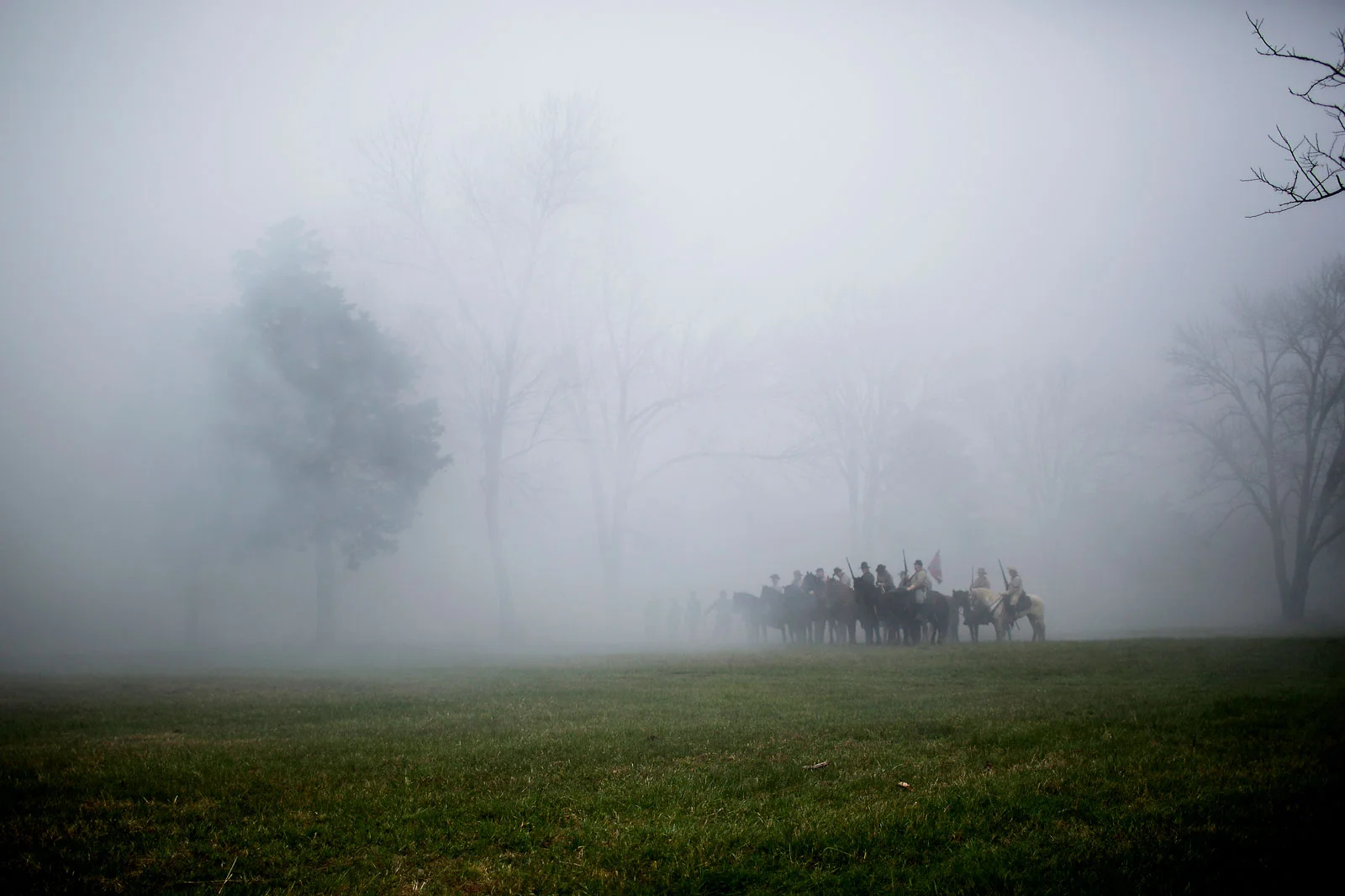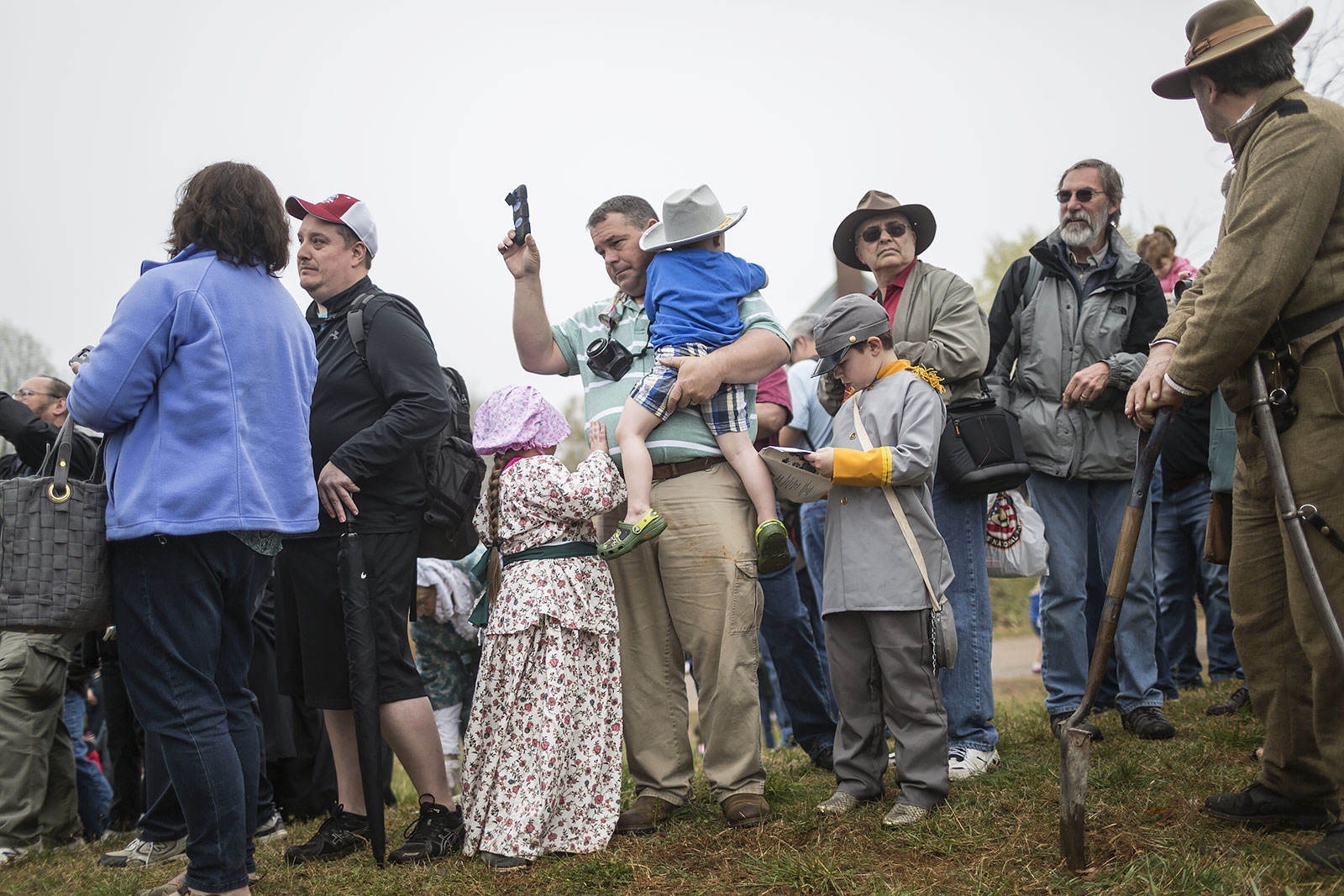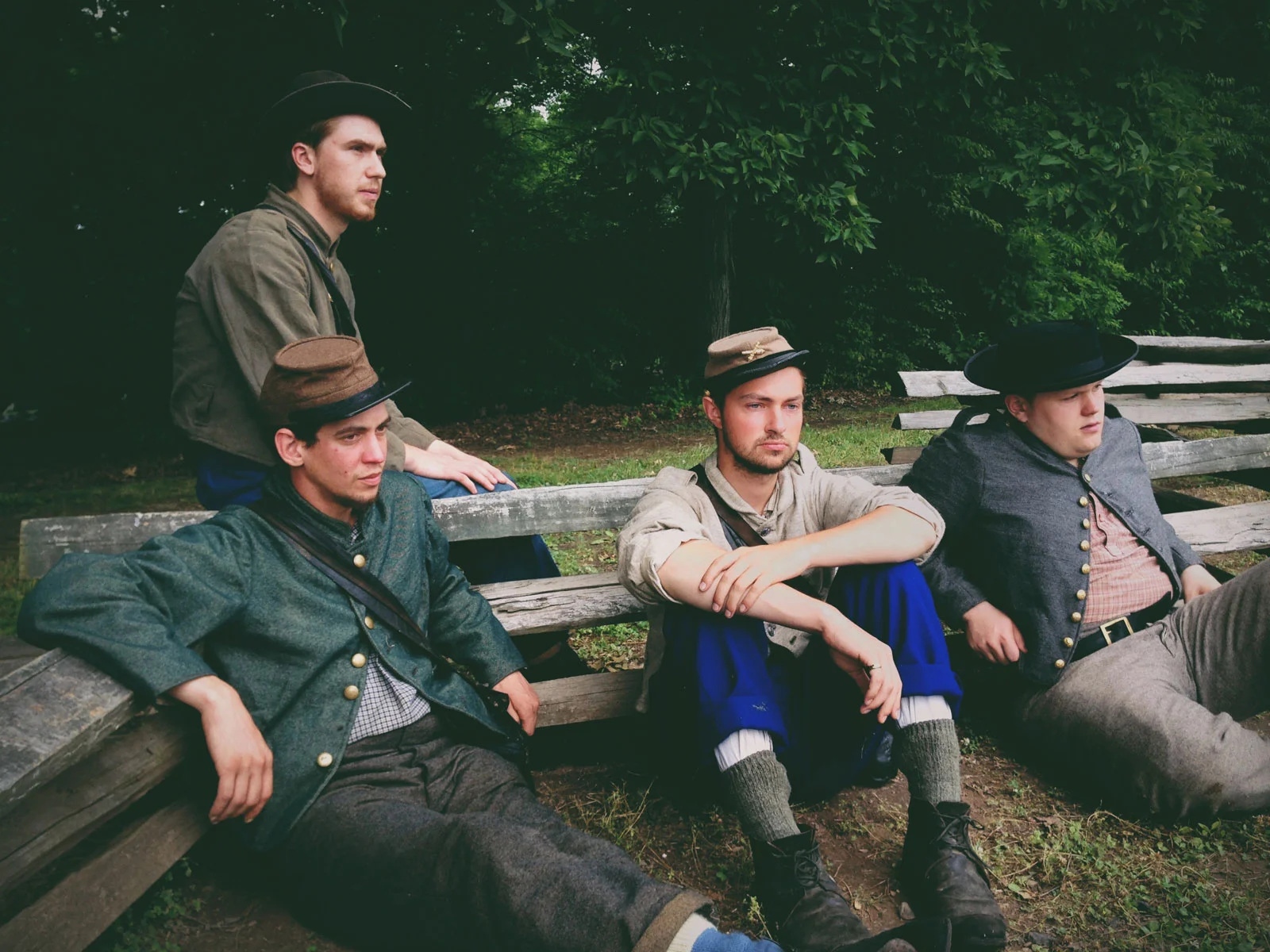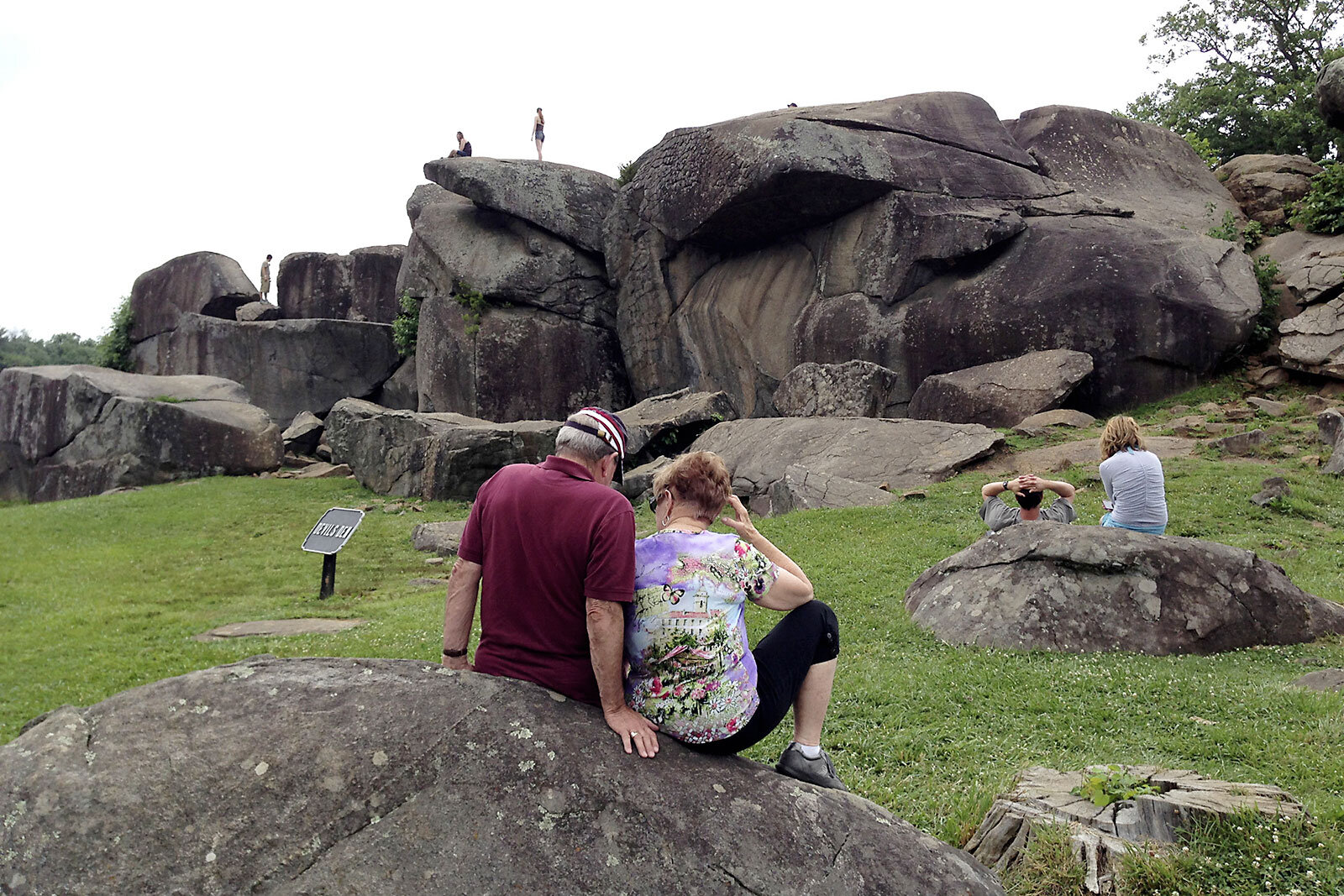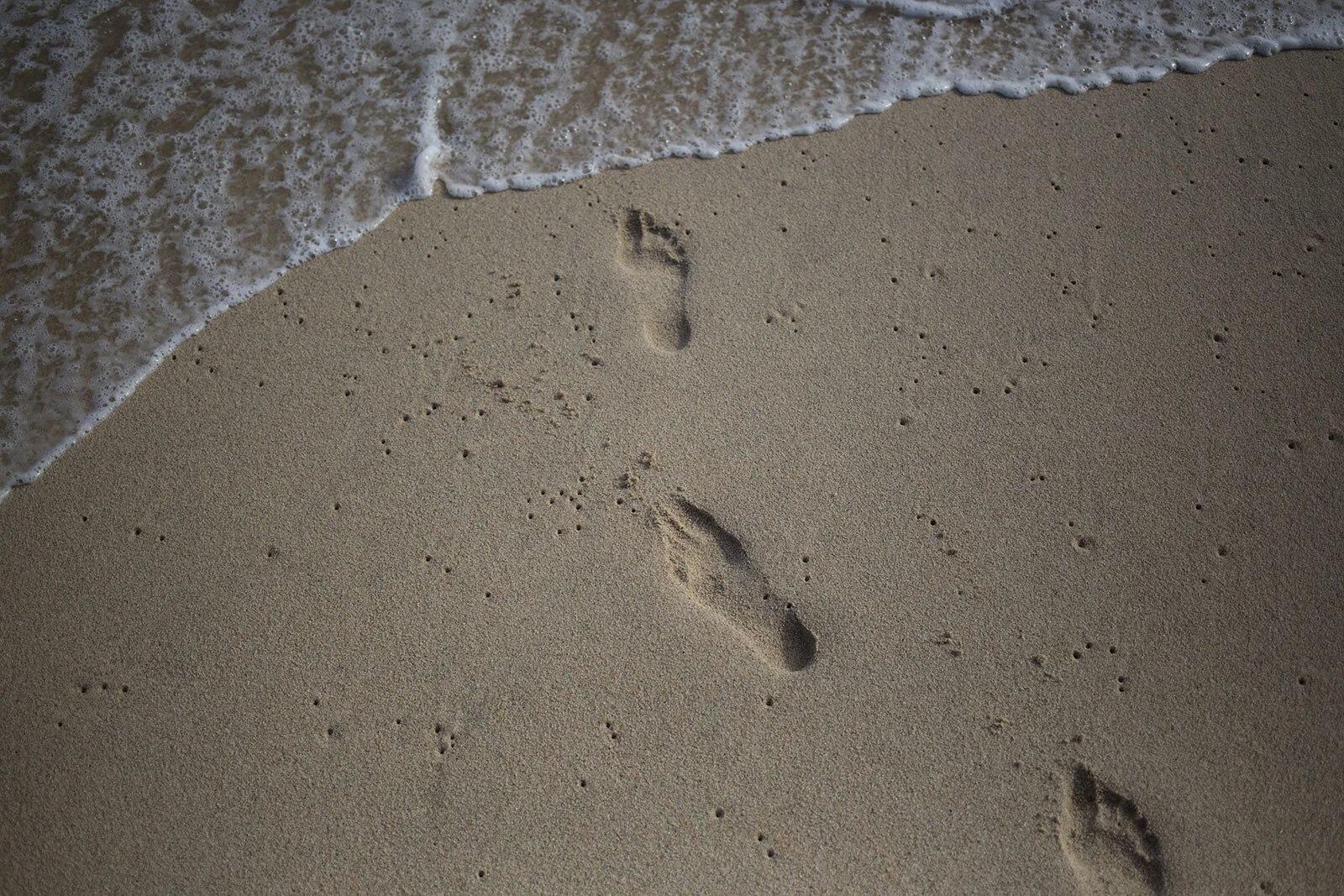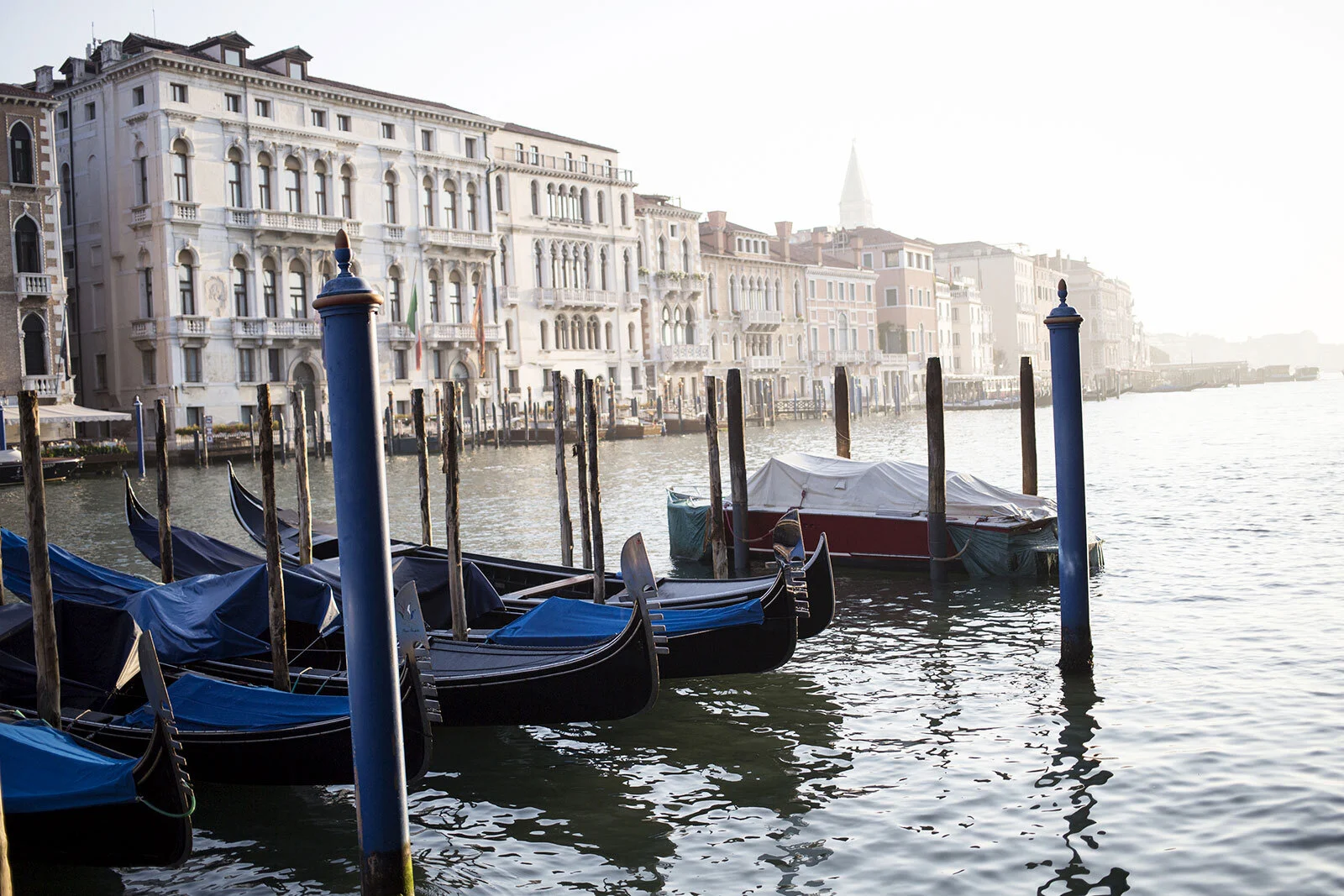APPOMATTOX, THE SURRENDER
APPOMATTOX, THE SURRENDER
Appomattox Court House National Historical Park. Appomattox County. Appomattox, VA.
This a personal project that seeks to look at our inheritance from the American Civil War as a broader project called The 150 Project.
Since 2011, this project is revisiting the slaveholder rebellion that led to the American Civil War while encouraging a revitalized interest through multiple platform single-storytelling.
“Fellow-citizens, we cannot escape history. We of this Congress and this administration, will be remembered in spite of ourselves.”
A storm gathers near the area Gen. Grant will bivouac the night of April 8, 1865.
Tyler, a Union reenactor from Delaware participates in events at Appomattox Court House, Virginia.
“In the 1860s the leaders of the cotton belt made one of the most prodigious miscalculations in recorded history. On the eve of the era of applied technologies, in which more and more work is done with fewer people and less effort, they made war to preserve the day of chattel slavery - the era of gang labor, with its reliance on the same use of human muscles that built the pyramids. The lost cause was lost before it started to fight. Inability to see what is going on in the world can be costly.”
Gen. Grant reeanctor Curt Fields rides past confederate reenactors at Appomattox.
Tourists watch events during the reeenactment of the confederate surrender.
“So it was in that direction that the confederate picked up their step and began again, in one long, snaking line, to move.”
“It is a fatal mistake, nay a wicked misery to talk of peace or the institutions of peace. We are in the very vortex of war.”
““To enforce it’s might over a largely rural population, the Army marched across the South after Appomattox, occupying more than 750 towns and proclaiming emancipation by military order. This little-known occupation by tens of thousands of federal troops remade the South in ways that Washington proclamations alone could not ... Meanwhile, Southern soldiers continued to fight as insurgents, terrorizing blacks across the region. One congressman estimated that 50,000 African-Americans were murdered by white Southerners in the first quarter-century after emancipation.””
On the eve of General Lee’s April 9, 1865 surrender he will call what his commanders believe is a council of war. Lee’s army was surrounded, his men starving. He had two options: surrender or "throw his life on one last murderous fight." Brigadier Gen. E. Porter Alexander, a 29-year-old veteran of this war’s most vicious combat, (Gettysburg, Cold Harbor, Petersburg) will speak up and suggest a third option: guerrilla warfare. Lee and his army would melt into the wilderness of the Blue Ridge mountains, a tactic fully supported by Confederate President Jefferson Davis but Grant and Lincoln’s worse nightmare. The fighting would be brutal and with lines evaporated the rebels would be free to move like ghosts "concentrating strength against weakness." Lee will not chew lightly on this idea, "the aging general would alter the course of the nation’s history for all time. It would constitute perhaps Lee’s finest moment ever."
Lee’s greatest accomplishment, it seems, was the surrender of his broken army, not to be rewarded by statues of honor and praise but universal scorn for not utilizing his leadership to help unify the country, his inaction in this regard would be directly related to the violence brought by former rebel fighters as they are set free to return home. For many southerners and millions of black Americans, the terror would last long beyond the rebel surrender as fighting continued even as the ink of surrender proclamations dried.
The horse of Gen. Grant reenactor, Curt Fields, brushes against a surprised tourist posing for a snapshot at Appomattox.
With war on the horizon, Lee was offered command of the United States army by President Lincoln. Instead, Lee, resigns his commission and joins the fight to continue the country down a path of her greatest sin, slavery. Missing this chance to alter the course of American history for his home state of Virginia and the special interests of the monied antebellum elite.
“I shall never bear arms against the Union, but it may be necessary for me to carry a musket in the defense of my native state, Virginia, in which case I shall not prove recreant to my duty.”
A grave marker at Poplar Grove National Cemetery, near Petersburg, Virginia.
A tractor sits in a Virginia field that boarders the retreat route General Robert E. Lee followed in 1865.
“As they marched, the Army of Northern Virginia tore branches off trees, fitfully gnawed at wild buds, or even peeled and ate the bark itself. Every sudden halt saw a new round of men, like dim, purgatorial souls, pitifully sinking to their knees or senselessly wander off in search of food or the restful escape of a long, deep sleep.”
A curious cow in a pasture near the old stage road to Richmond, VA.
The muddy brogans of a Union reenactor stick out from under his small canvas tent.
Thomas Jessee, portrays Confederate General Robert E. Lee during sesquicentennial at Appomattox.
“I have probably to be General Grant’s prisoner today and I thought I must make my best appearance.”
Wes, a confederate reenactor from Texas.
On the morning of April 10, 1865, Lee meets for about an hour with Grant before the Union general heads north from Appomattox to Washington, D.C. The two commanders will doff their hats goodbye but this will not be the last time the two men will meet again. On May 1, 1869, Ulysses S. Grant — now the 18th President of the United States — will welcome the aging rebel commander to the White House. Sadly little is known of what is said during the brief meeting.
This work is part of a larger project that works in parallel with a personal project that seeks to look at our inheritance from the American Civil War as a broader project called The 150 Project. Since 2011, the project has been revisiting the American Civil War to encourage a revitalized interest through the utilization of multiple platform single-storytelling. By producing content that develops across multiple forms of media, we can explore both history and the future of how we will collectively share, gather and publish memories and historical lessons across platforms.
